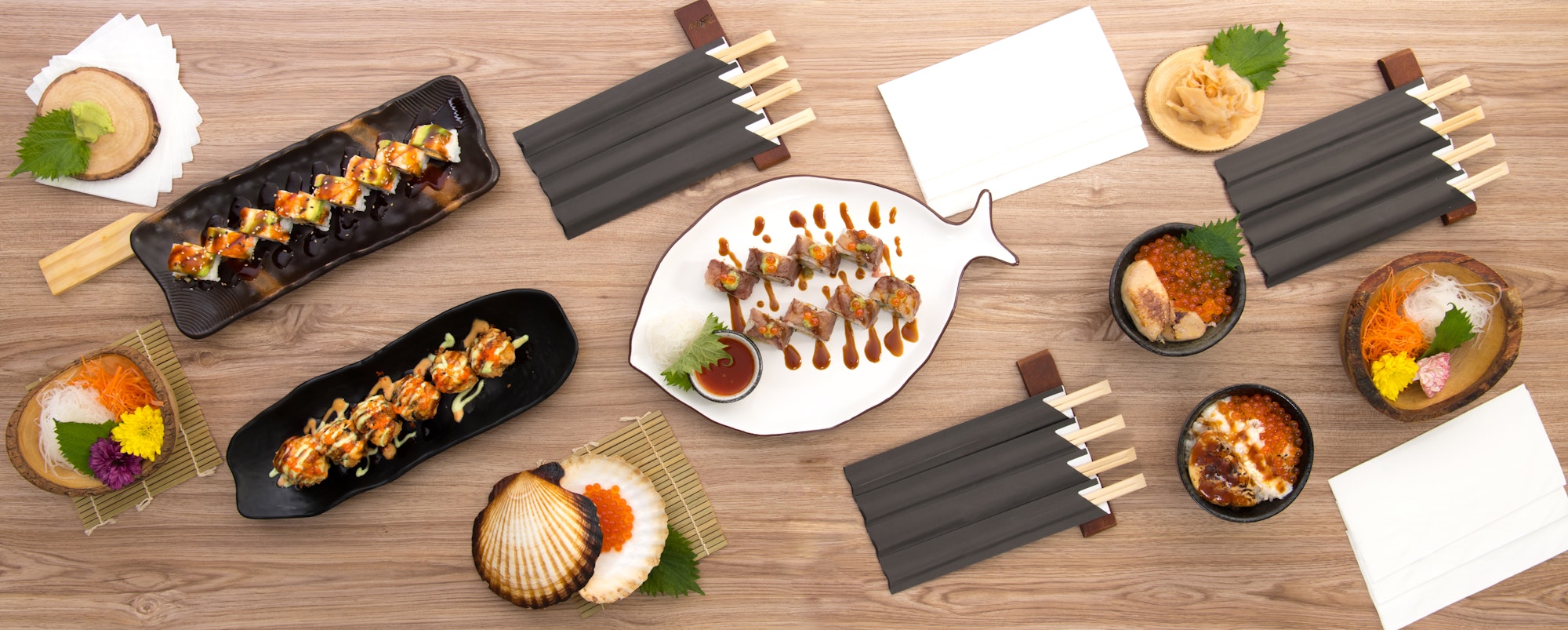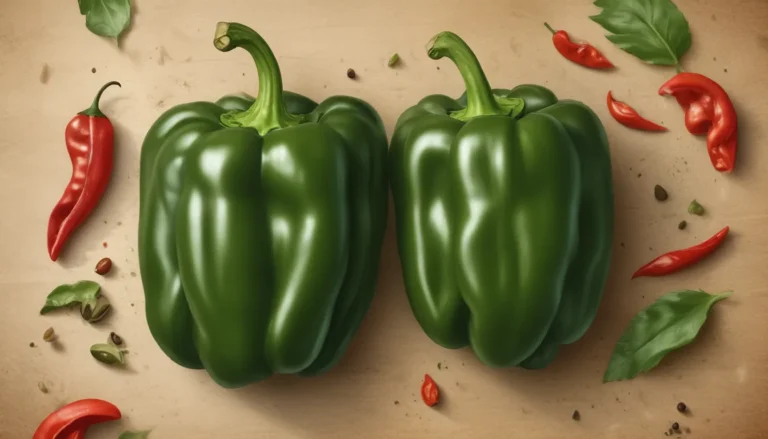The pictures in our articles might not always show exactly what the text is talking about. We use these images to make the article more interesting and eye-catching. They are there to add to the text, but not to replace it or show every detail.
Introduction
Japanese cuisine is a captivating blend of tradition, innovation, and cultural significance. From the delicate art of sushi-making to the scientific discovery of umami, Japanese food offers a world of intrigue for food enthusiasts and culture buffs alike. In this article, we'll explore ten fascinating facts about Japanese food, delving into its history, cultural importance, and the principles that make it one of the world's most beloved cuisines.
As we embark on this culinary adventure, we'll uncover the secrets behind iconic dishes, explore regional specialties, and learn about the etiquette that surrounds Japanese dining. Whether you're a sushi aficionado or just beginning to explore the wonders of washoku, these facts about Japanese food will deepen your appreciation for this rich and complex culinary tradition.
Key Takeaways
- Sushi evolved from a preservation method to a popular fresh dish
- Umami, the fifth taste, was discovered by a Japanese scientist in 1908
- Washoku, traditional Japanese cuisine, is recognized by UNESCO as cultural heritage
- Japanese food emphasizes seasonality, balance, and presentation
- Seafood plays a crucial role in Japanese cuisine due to the country's geography
- Japanese dining etiquette is an important aspect of the culinary culture
- Regional specialties offer diverse flavors across Japan
10 Interesting Facts About Japanese Food
1. The Fascinating Evolution of Sushi
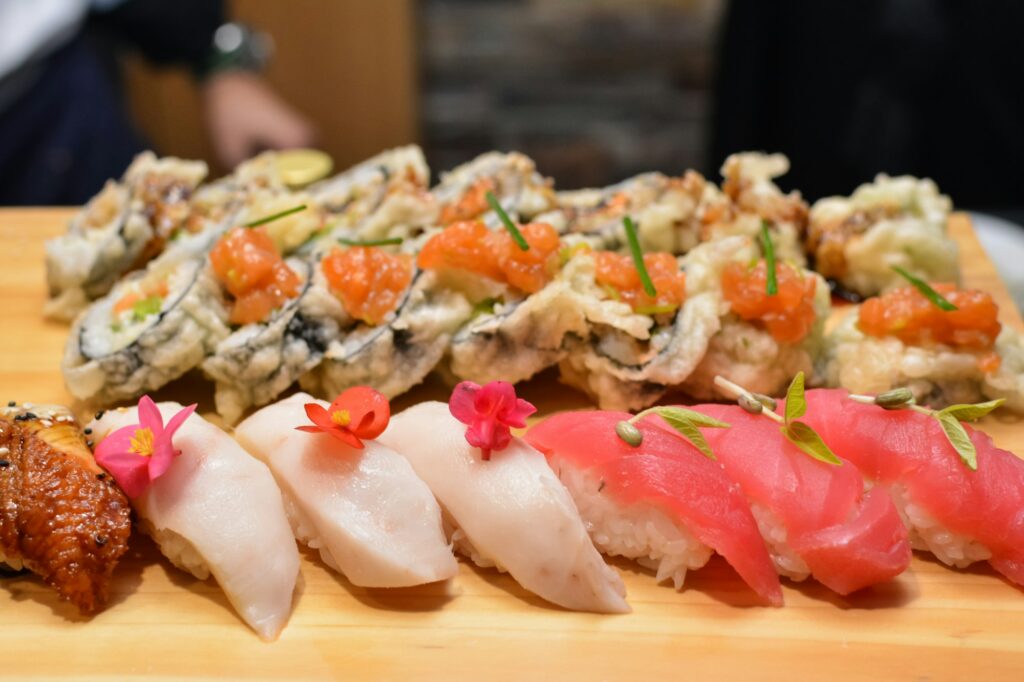
Sushi, one of Japan's most famous culinary exports, has a surprising history. Originally developed as a method of preserving fish in fermented rice, sushi has transformed over centuries into the fresh, delicate dish we know today. This evolution reflects the innovative nature of Japanese cuisine.
In its earliest form, known as narezushi, fish was preserved in fermented rice for months. The rice was discarded before eating the fish. Over time, this process evolved, and people began eating the rice along with the fish. By the 17th century, Hanaya Yohei revolutionized sushi by creating nigiri-zushi, hand-pressed rice topped with fresh fish, which could be eaten immediately.
Today, sushi comes in various forms, including:
This evolution showcases how Japanese food culture adapts and innovates while maintaining its core principles.
2. Umami: Japan’s Contribution to Taste Science
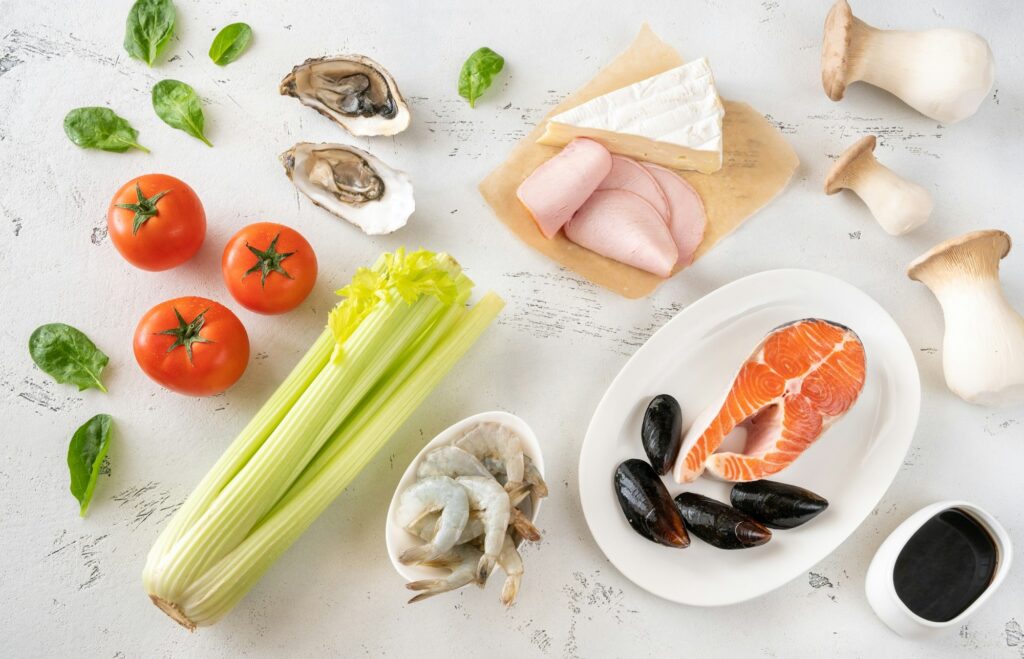
In 1908, Japanese scientist Kikunae Ikeda identified umami as the fifth basic taste, alongside sweet, sour, salty, and bitter. This discovery has had a profound impact on culinary science worldwide and is a cornerstone of Japanese flavor profiles.
Umami, often described as savory or meaty, is found in many ingredients common in Japanese cooking:
The recognition of umami has not only enhanced our understanding of flavor but has also influenced cooking techniques and food pairings globally. It's a testament to how Japanese food has contributed to culinary knowledge on an international scale.
3. Washoku: A UNESCO-Recognized Culinary Tradition
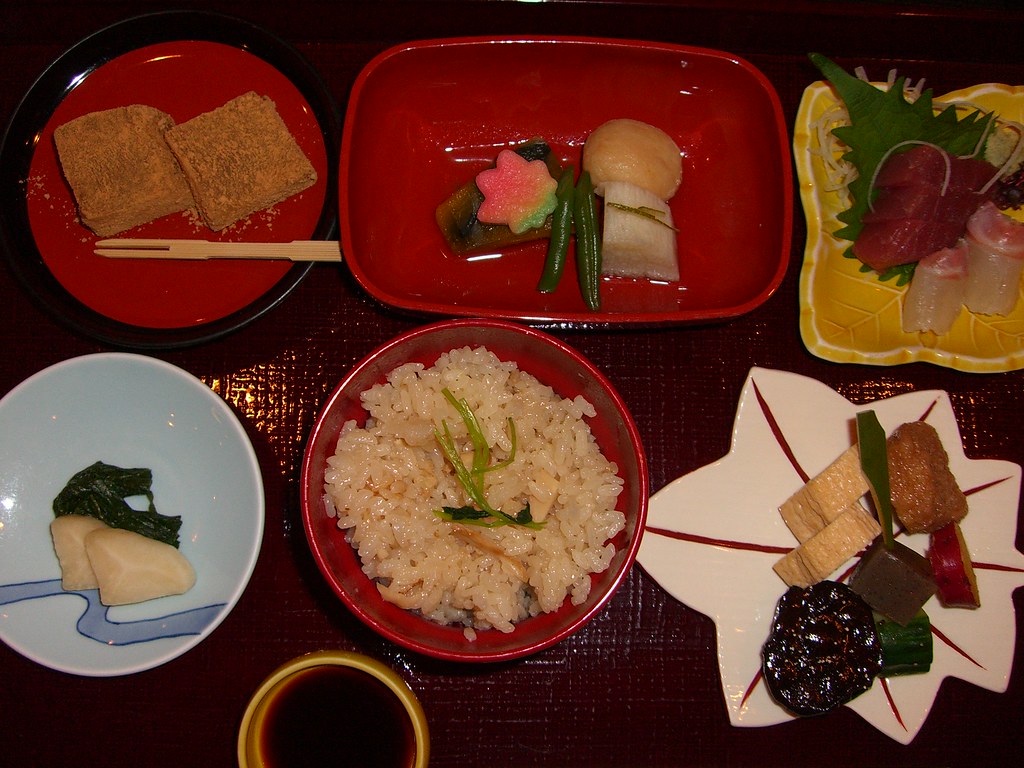
In 2013, washoku, traditional Japanese cuisine, was recognized by UNESCO as an Intangible Cultural Heritage. This acknowledgment highlights the cultural significance of Japanese food and its emphasis on seasonal ingredients, balance, and presentation.
Key aspects of washoku include:
This recognition has helped preserve traditional Japanese cooking methods and raised global awareness about the importance of food in Japanese culture.
4. The Central Role of Seafood in Japanese Diet
Japan's extensive coastline has made seafood a staple of the national diet. The country is one of the world's largest consumers of fish, showcasing the deep connection between Japanese food and the sea.
Popular seafood in Japanese cuisine includes:
The importance of seafood in Japanese cuisine is evident in dishes like sushi, sashimi, and grilled fish, as well as in the use of fish-based broths like dashi in many recipes.
5. The Art of Vegetarian Cuisine in Japan
While seafood is prevalent, Japan also has a rich tradition of vegetarian cuisine, particularly in Buddhist temple cooking known as shojin ryori. This style of cooking emphasizes simplicity and mindfulness in eating.
Shojin ryori features:
This vegetarian tradition showcases the versatility of Japanese food, demonstrating how it can cater to various dietary preferences while maintaining its core principles of balance and seasonality.
6. Regional Diversity in Japanese Cuisine
Each region of Japan boasts its own specialties, influenced by local climate, ingredients, and cultural traditions. This regional diversity offers a rich tapestry of flavors and dishes across the country.
Some notable regional specialties include:
This regional diversity is a key factor in the richness of Japanese food culture, offering visitors a chance to experience a wide range of flavors and cooking styles as they travel through the country.
7. The Intricate Art of Japanese Dining Etiquette
Japanese dining etiquette is complex and reflects deep respect for food and those who prepare it. From proper chopstick use to the art of slurping noodles, these practices are an integral part of the Japanese food culture.
Key aspects of Japanese dining etiquette include:
Understanding and practicing these etiquette rules can greatly enhance the experience of eating Japanese food, whether in Japan or at Japanese restaurants abroad.
8. The Crucial Role of Seasonal Ingredients
Seasonality plays a crucial role in Japanese cuisine. Chefs and home cooks alike pay close attention to using ingredients at their peak, resulting in dishes that reflect the natural rhythms of the year.
This focus on seasonality is evident in:
This attention to seasonality not only ensures the best flavors but also connects Japanese food to the changing natural world, enhancing its cultural and aesthetic value.
9. The Influence of Buddhism on Japanese Food
Buddhist principles have significantly influenced Japanese cuisine, particularly in the development of vegetarian dishes and the emphasis on balance and harmony in meals. This spiritual connection adds depth to the cultural aspects of Japanese food.
Buddhist influences are seen in:
These Buddhist-inspired principles have shaped Japanese cuisine into a thoughtful, balanced approach to eating that goes beyond mere sustenance.
10. The Global Impact of Japanese Cuisine
Japanese food has gained immense popularity worldwide, influencing culinary trends and practices in many countries. This global reach demonstrates the universal appeal of Japanese flavors and cooking techniques.
Evidence of Japanese culinary influence can be seen in:
The international success of Japanese food highlights its ability to adapt to different cultures while maintaining its essential qualities of balance, seasonality, and attention to detail.
FAQ: Facts About Japanese Food
What is washoku?
Washoku refers to traditional Japanese cuisine, recognized by UNESCO for its cultural significance. It emphasizes seasonal ingredients, balance, and presentation.
Why is seafood so important in Japanese cuisine?
Japan's extensive coastline and rich fishing grounds make seafood a staple. The country is one of the largest consumers of fish globally.
What is umami?
Umami is the fifth basic taste, discovered by Japanese scientist Kikunae Ikeda in 1908. It's often described as savory or meaty and is found in ingredients like soy sauce and dashi.
Are there vegetarian options in Japanese cuisine?
Yes, although limited. Shojin ryori, the traditional vegetarian cuisine of Buddhist monks, offers plant-based dishes focusing on seasonal vegetables, tofu, and grains.
What’s the significance of seasonal ingredients in Japanese cooking?
Seasonality is crucial in Japanese cuisine, reflecting the natural environment and ensuring ingredients are used at their peak flavor and nutritional value.
Conclusion
The world of Japanese food is as diverse as it is fascinating. From the evolutionary journey of sushi to the scientific discovery of umami, Japanese cuisine offers a unique blend of tradition, innovation, and cultural significance. The emphasis on seasonality, balance, and presentation in washoku reflects deeper philosophical and cultural values, making Japanese food not just a culinary experience but a window into Japanese culture itself.
As we've explored these intriguing facts about Japanese food, it becomes clear that there's always more to discover. Whether you're savoring a meticulously prepared kaiseki meal or slurping ramen in a bustling Tokyo alleyway, each dish tells a story of tradition, regional identity, and culinary artistry. By understanding and appreciating these aspects, we can enrich our culinary experiences and gain a deeper appreciation for the complex world of Japanese cuisine.
